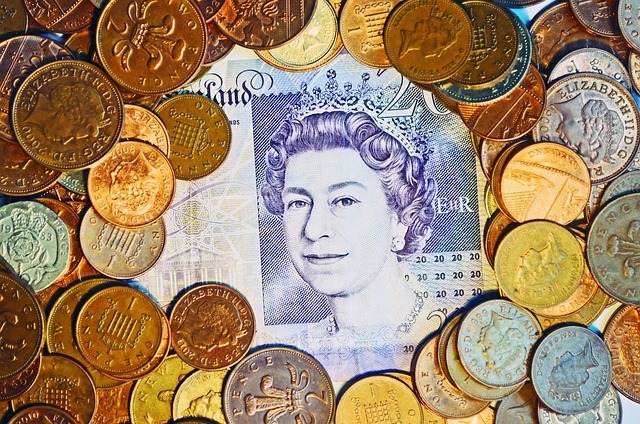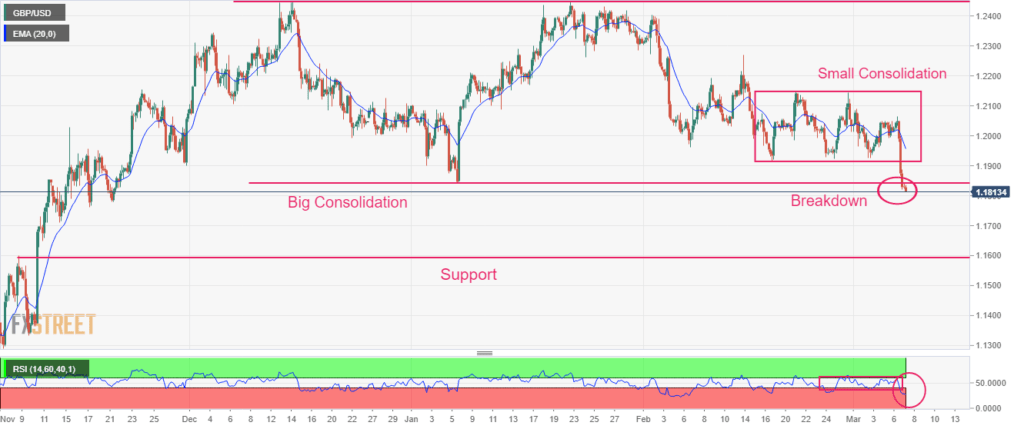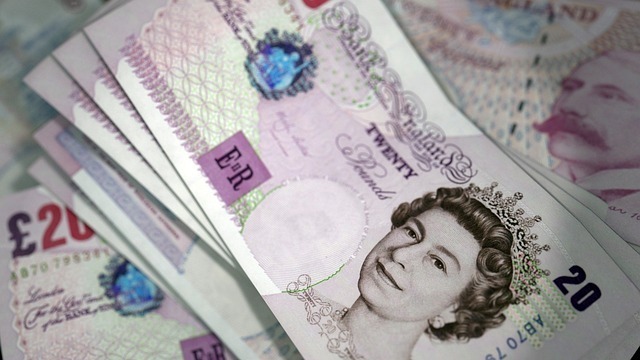The likelihood of higher Fed rates has pushed US yields higher, and the GBP/USD exchange rate has resumed its downward trend. Powell of the Fed believes that lowering inflation will need a higher terminal rate than previously thought. The S&P 500 futures have also started moving down again, indicating that the risk-off attitude is becoming stronger.
In the Asian session, the GBP/USD pair provided a damaging breach of the consolidation created around 1.1820. The Cable is back down and has re-established the day’s low at 1.1812. Returns on US government bonds have increased as recession worries in the US have grown. The 10-year US Treasury rates have retaken the 4.0% barrier.
As Jerome Powell, the Federal Reserve (Fed) chairman, reiterated that higher rates are on the way, the US Dollar Index (DXY) has reclaimed its three-month high above 105.80. Powell of the Fed anticipates a higher terminal rate than previously thought. The S&P 500 futures have also started moving down again, indicating that the risk-off sentiment is intensifying.

A significant consolidation breakdown established over the previous three months is followed by a breakdown by the GBP/USD from the range of 1.1914-1.2150. The asset is anticipated to keep moving downward into the horizontal support area of 1.1600, drawn from the high of November 2008.
The 20-period Exponential Moving Average (EMA) at 1.1960 is anticipated to serve as the Pound Sterling’s main roadblock.
Moreover, the Relative Strength Index (RSI) (14) has entered the negative 20.00-40.00 region, signaling that the downward momentum has been activated.
Bulls of the US Dollar will push the asset further into the November 14 bottom, which is at 1.1700, and the November 17 low at 1.17633, should the Cable breach the round-level support of 1.1800.
On the other hand, a rise over the high from February 24 at 1.2040 will push the asset towards the high from February 23 at around 1.2080. If the latter is breached, the asset will be exposed to the February 21 high, or around 1.2140.
The 4-hour chart of GBP/USD


